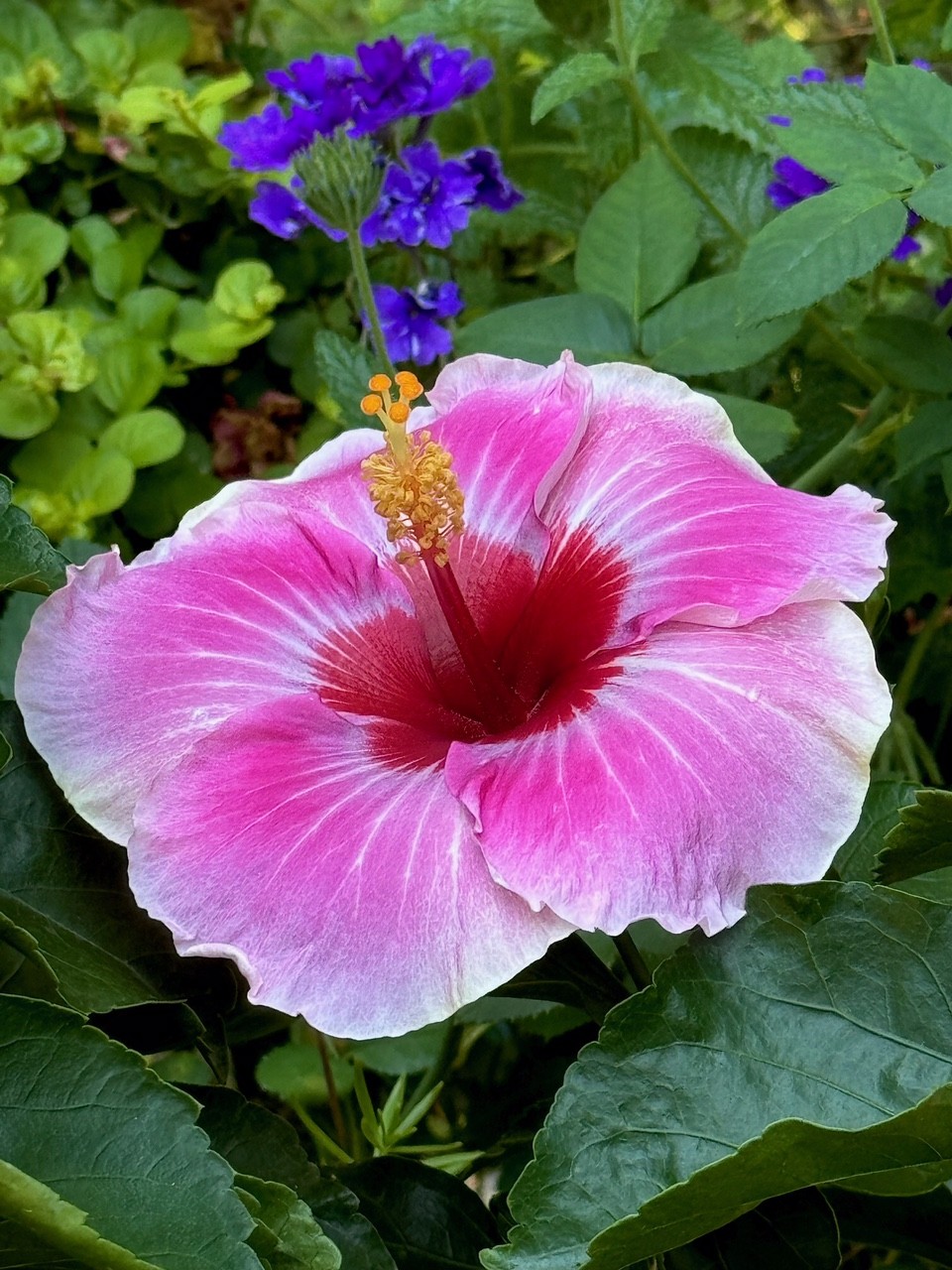Outdoor
Visions, memories and tales from Texas’ past

By contributing writer Jerry Williams
In 2008 real estate agent Jerry Williams traveled to Buffalo Springs in southern Clay County to view a property that was for sale. He found a clear water spring ankle deep and four feet wide. The trees beside it had wide canopies and kept the water cool.
The powerful scene brought up images of ghosts of the past in the 19th century. John Anderson, an elder friend of Williams, grew up in Buffalo Springs and told him that the spring has never stopped flowing.
Williams remembered a story about Charlie Norris in the 1906 issue of Scribner’s Magazine. Charlie found 200 buffalo watering there in the spring of 1886. Charlie was there to deliver a small herd of horses in Buffalo Springs. He rode in among the herd of buffalo. He said, “Back home in Coldwater (In the Panhandle of Texas) they rarely saw buffalo anymore.”
Two days later the herd showed up at his outfit’s camp next to a small lake. Charlie said, “They drank very heavily and played about like calves.” A few years later Charlie learned that someone killed four buffalo at Buffalo Springs in 1889, “They were the very last individuals that I have knowledge of.”
Williams supposed the lake was likely the one built by the army in 1867, perhaps the first Army Engineering project in the State of Texas. He took photos of what was left of the dam built by the soldiers. They could not maintain enough water in their lake for them and their horses so they moved back to Fort Richardson in Jacksboro.
The story caused Williams to reflect from his experience raising buffalo. He remembered when the stock tank went dry his two buffalo each drank five to 10 gallons of water a day that he hauled bucket by bucket to the corral. Imagine the 200 buffalo visiting the small lake at Buffalo Springs that could have drunk up to 2,000 gallons of water on each visit. To read more pick up the April 2014 issue of North Texas Farm & Ranch.
HOME
Parting Shot

By: Jelly Cocanougher
Delicate microbes buried just beneath the surface. We walk by them, unbeknownst to us. Spores, spawn, and sclerotia, each with distinct characteristics. It is said that these fungi are all connected, speaking to one another as they populate the earth. The interconnectedness of all living things and the decaying world, such beauty lies within these otherworldly alien organisms.

HOME
Varietal Honey

By: Landon Moore
Landon Moore is the Wise County 4-H President and a member of the Wise County 4-H County Council. He is involved in beekeeping, as well as raising rabbits and poultry.
This essay was one that he wrote, and it was named the champion for both the Texas and National chapters of the Foundation For The Preservation of Honey Bees.
Varietal honey is honey that comes from a single source.
This honey has a flavor derived from the source flower and can even have a similar scent. In general, lighter colored honeys have a more subtle taste and dark honeys are more intense. Varietal honey has been compared to wine, in that honeys produced in different years can be distinguished, even if they come from the same flower and location.
This phenomenon is called terroir and is responsible for the individual taste of each honey harvest.
To read more, pick up a copy of the October edition of North Texas Farm & Ranch magazine, available digitally and in print. To subscribe by mail, call 940-872-5922.

HOME
The Garden Guy: America’s Sweetheart

By: Norman Winter | Horticulturist, Author, Speaker
Early in the summer, I was sent a press release that caused one of those holy wow moments. The headline said it all, “Proven Winners ColorChoice Expands Catalog with the Addition of Hollywood Hibiscus.”
I had already become familiar with the Hollywood Hibiscus series and was thrilled that the Proven Winners was adding this to their lineup.
This flower is nothing short of beautiful and exhibits prolific flower production. The flowers show three distinct colors, deep red in the very center, then the majority which is a rich rose pink with lighter pink to white along the margins.
To read more, pick up a copy of the October edition of North Texas Farm & Ranch magazine, available digitally and in print. To subscribe by mail, call 940-872-5922.

-

 Country Lifestyles2 years ago
Country Lifestyles2 years agoScott & Stacey Schumacher: A Growth Mindset
-

 Country Lifestyles8 years ago
Country Lifestyles8 years agoStyle Your Profile – What your style cowboy hat says about you and new trends in 2017
-

 HOME8 years ago
HOME8 years agoGrazing North Texas – Wilman Lovegrass
-

 Equine1 year ago
Equine1 year agoThe Will to Win
-

 Country Lifestyles5 years ago
Country Lifestyles5 years agoAmber Crawford, Breakaway Roper
-

 Outdoor9 years ago
Outdoor9 years agoButtercup or Primrose?
-

 Country Lifestyles8 years ago
Country Lifestyles8 years agoJune 2016 Profile – The man behind the mic: Bob Tallman
-

 Country Lifestyles8 years ago
Country Lifestyles8 years agoDecember 2016 Profile, Rusty Riddle – The Riddle Way




